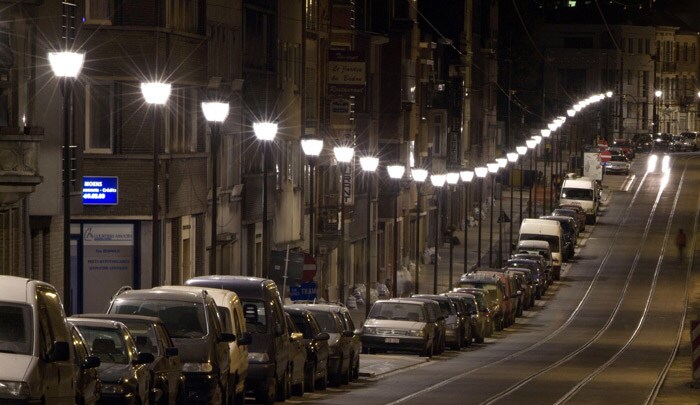Philips has always been and still is at the forefront of LED lighting development. For over 20 years we have made significant investments in research and development of LED lighting technology, building up one of the most comprehensive portfolios of LED lighting system and control IP.
Since the mid-nineties the market for LED based lighting products has grown and matured. What was a breakthrough innovation ten or more years ago may seem obvious now. But at the time all these innovations were developed to address specific, difficult challenges.
For example, take the dual optics technique, which was developed to enable the use of LEDs for illuminating roadways. The technique (using high lumen, efficient LEDs and multiple lenses to focus the light) was patented in 1997. At this time, the average conventional LED had an output of just 0.1 to 0.2 lumens. For reference, a candle has an output of approximately 12 lumens, so getting sufficient light from LEDs and directing it where needed for road lighting application was a major challenge. While today’s LEDs are much more powerful, the dual optics technique is still widely used in applications including spotlights, downlights, wall washing, and floodlights as well as the road lighting for which it was initially developed.

